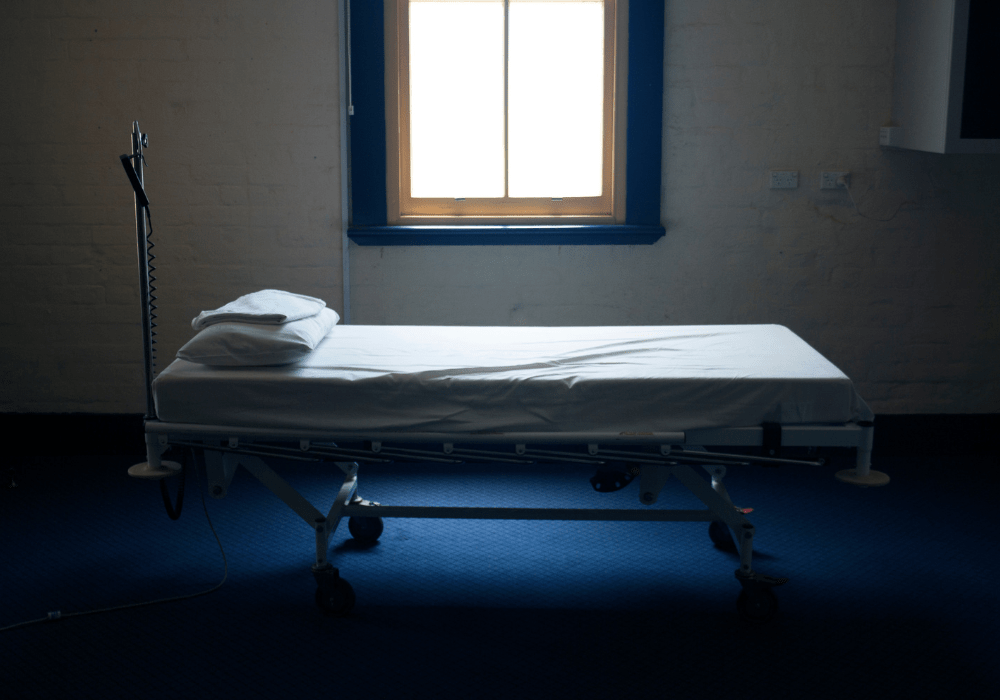
A JAMA Network Open study published this February predicts that the United States will face a hospital bed shortage as soon as 2032. The study, conducted by University of California Los Angeles (UCLA) researchers, raises concerns about the American healthcare system’s ability to respond to and treat patients during natural disasters.
The study emphasizes how hospital occupancy rates have risen since the COVID-19 pandemic. Before COVID-19, U.S. general bed hospital occupancy rates averaged 64%; the country’s average is now 75%. This current average is already alarming: the Centers for Disease Control and Prevention (CDC) reports that 12,000 deaths will occur within two weeks when 75% of the country’s ICU beds are occupied.
The study uses hospital occupancy metrics from U.S. hospitals, national hospitalization rates, and the Census Bureau’s population projections to model future hospital occupancy scenarios. Led by Dr. Richard K. Leuchter, the research team predicts an 85% general bed occupancy rate by 2032, which meets experts’ definitions of a hospital bed shortage. Dr. Leuchter shared that, “If the U.S. were to sustain a national hospital occupancy of 85% or greater, it is likely that we would see tens to hundreds of thousands of excess American deaths each year.” Moreover, the study states that their prediction is a “conservative estimate,” which implies that more severe shortages are possible. While the researchers did not investigate the causes of the shortage, the study hypothesizes that decreased staffing and increased hospital closures may be contributing to the crisis.
The anticipated hospital bed shortage coincides with predictions of increased climate disasters, which questions whether the healthcare system will be equipped to respond to natural events. The National Oceanic and Atmospheric Administration (NOAA) reports that climate change has fueled an increase in “billion-dollar weather disasters,” and projects that these events will intensify over the next decade. Such events are also classified as public health disasters, and they increase the need for primary health services. From immediate injuries to infectious diseases caused by climate events, weather disasters will drive the need for hospital beds. The predicted hospital bed shortage questions whether the U.S. will have the adequate healthcare infrastructure to treat patients during climate events.
To prevent the bed shortage, experts are advocating to slow hospital closure rates and address staffing issues. A 2023 study in the Journal of Hospital Medicine found that closed hospitals have significantly low insurance reimbursement—changing Medicare and Medicaid reimbursement policies could address this funding gap. Furthermore, poor working conditions, unsustainable hours, and inaccessible training have fueled healthcare staffing shortages. Keeping hospitals open and increasing healthcare professional satisfaction offer a path to preventing a U.S. bed shortage in 2032.
By Lotte Brush
